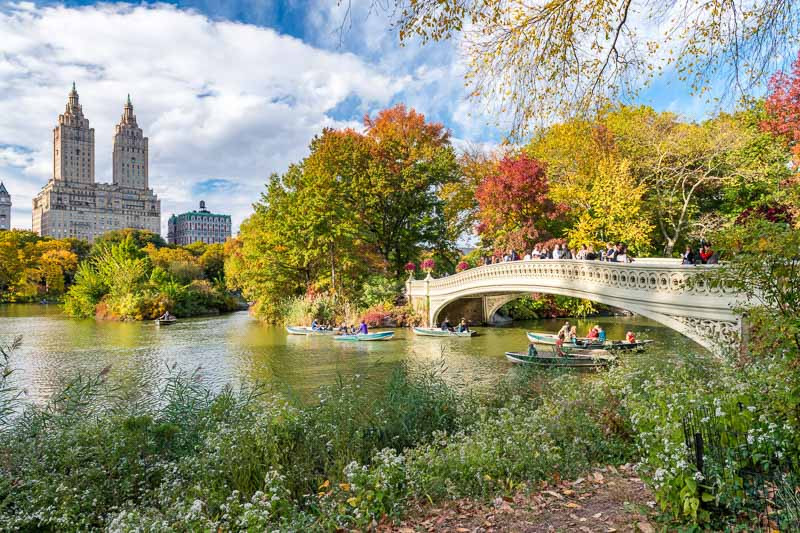New York Native Plants
Incorporating native plants from New York into your garden not only adds beauty and interest but also supports the local ecosystem. Here are expert tips to ensure your success with these plants:
- Understand Your Site: Evaluate your site’s sun exposure, soil type, and moisture levels. These factors will guide your selection of native plants.
- Choose Diverse Species: Various trees, shrubs, and perennials will create a more resilient and vibrant garden.
- Opt for Trees: Species like the Sugar Maple (Acer saccharum) and Eastern White Pine (Pinus strobus) are classic New York natives that provide shade and wildlife habitat.
- Select Native Shrubs: Consider shrubs like Spicebush (Lindera benzoin) or Serviceberry (Amelanchier). They offer year-round interest and are beneficial for local wildlife.
- Incorporate Perennials: Wildflowers like the New England Aster (Symphyotrichum novae-angliae) or Butterfly Weed (Asclepias tuberosa) attract pollinators and provide seasonal color.
- Use Native Grasses and Sedges: They add texture and movement and are often lower maintenance than lawn grass. Little Bluestem (Schizachyrium scoparium) is a great option.
- Be Patient: Native gardens may take a few seasons to establish but will eventually become low-maintenance, resilient spaces.
- Seek Local Expertise: Tap into resources from local native plant societies, botanical gardens, or cooperative extensions for personalized advice.
By choosing New York native plants, you contribute to a healthier ecosystem by providing food and habitat for local wildlife. Happy gardening!

